View all Standards for Georgia Performance Standards OLD 2010 - Theatre Arts
TAHSAI.1 Analyzing and constructing meaning from theatrical experiences, dramatic literature, and electronic media
a. Engages in script analysis and study as a means of actor preparation
b. Utilizes evidence provided by the script to support decisions in characterization
c. Uses script analysis in the development of presentation of formal and informal theatre performances
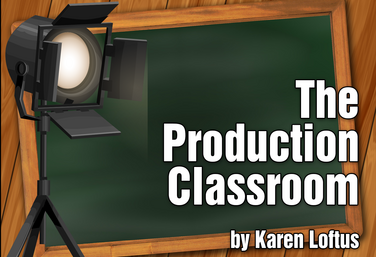
Part of the Production Classroom Units Curriculum
Production Classroom Units Overview
by Karen Loftus

Part of the Production Classroom Units Curriculum
Part One - Pre-Production
by Karen Loftus

Part of the Production Classroom Units Curriculum
Part Two - Rehearsal and Performance
by Karen Loftus

Part of the Production Classroom Units Curriculum
Part Two - Documents
by Karen Loftus

Part of the Production Classroom Units Curriculum
Part Three - Reflection and Assessment
by Karen Loftus

The Autobiographical Monologue
by Gai Jones
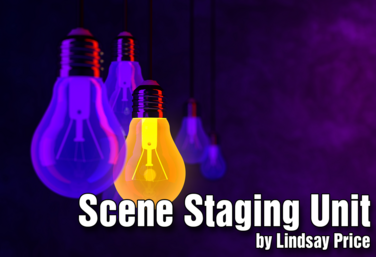
Scene Staging
by Lindsay Price
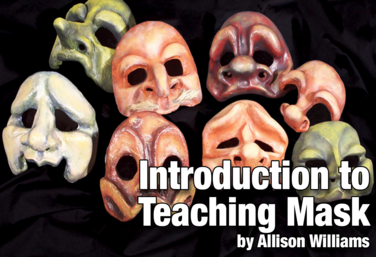
Introduction to Mask
by Allison Williams
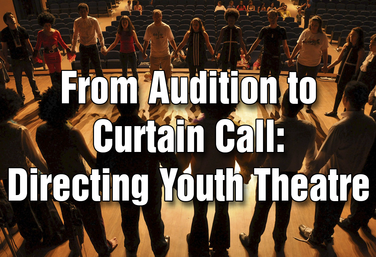
From Audition to Curtain Call: Directing Youth Theatre
by Steven Stack

Friendly Shakespeare
by Todd Espeland
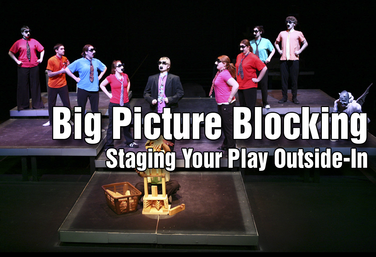
Big Picture Blocking: Staging Your Play Outside-In
by Todd Espeland

Working With Monologues For Rehearsal And Development
by Gai Jones
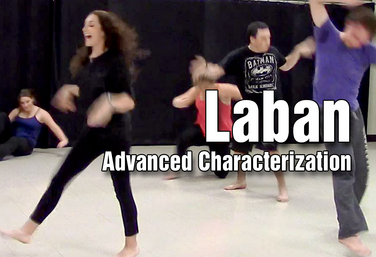
Laban: Advanced Characterization
by Todd Espeland

The Production Classroom
by Karen Loftus
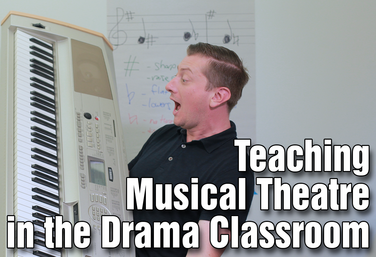
Teaching Musical Theatre in the Drama Classroom
by Colin Oliver
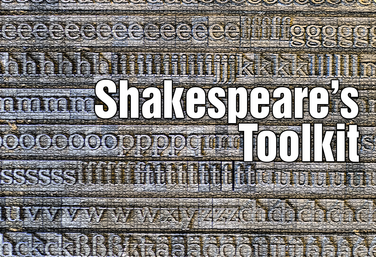.png)
Shakespeare's Toolkit
by Todd Espeland
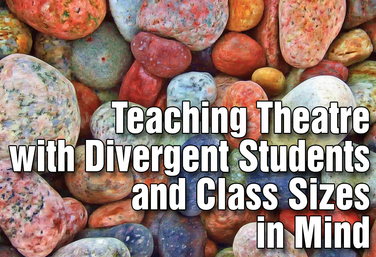
Teaching Theatre with Divergent Students and Class Sizes in Mind
by Steven Stack
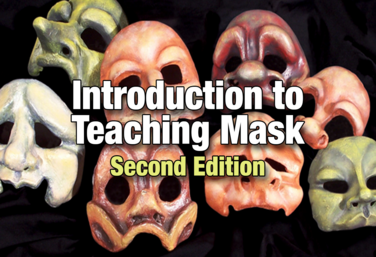
Introduction to Teaching Mask: 2nd Edition
by Allison Williams
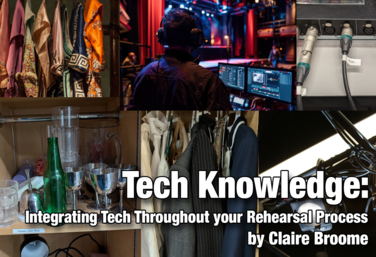
Tech Knowledge: Integrating Tech Throughout Your Rehearsal Process
by Claire Broome
View all Standards for Georgia Performance Standards OLD 2010 - Theatre Arts Standards Master List